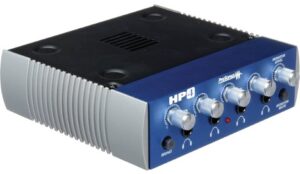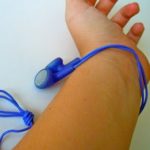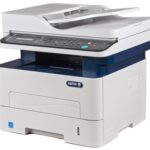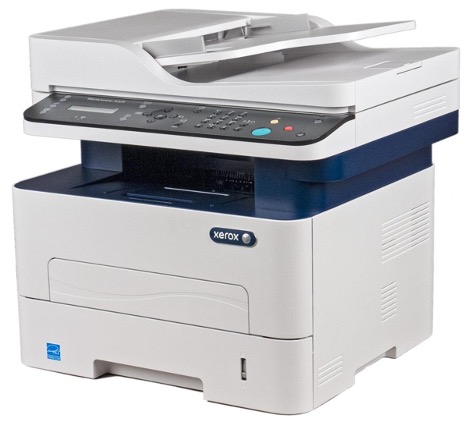How to choose a headphone amplifier: choose depending on power
There are several ways to choose a headphone amplifier. Power is of particular importance, and impedance is closely related to this indicator. You should also take into account other parameters that are described in detail in the presented material.
The content of the article
Impedance
Headphones require a fairly high voltage, but the current must be small. Therefore, the most important indicator when choosing is impedance. This is the name given to the minimum resistance value (in Ohms) at the headphone input. Depending on this, all headphones are divided into 3 types:
- With low impedance - within 40 Ohms.
- With average impedance - from 60 to 100 Ohms.
- With high impedance - from 250 Ohms (as a rule, these are professional models).
The higher the impedance of the headphones, the more voltage they need. Therefore, the amplifier should be selected for a specific headphone model.

Power
Another important indicator that many users immediately pay attention to is the power of the headphone amplifier. The output power parameter, measured in mW, determines the maximum volume that the device can produce. Moreover, the manufacturer in the description usually provides a power indicator, which is available at a minimum impedance.
As the impedance increases, the power will decrease. For example, a 16 ohm headphone amplifier can output 16 mW. At the same time, if the load is 300 Ohms, the power is reduced to 0.8 mW.
Therefore, if possible, it is worth clarifying how much power will be provided by the amplifier for a specific headphone model. The indicator should be such that the sound strength is from 105 to 115 dB. This is a loud enough sound level for almost all people.

Other characteristics
There are other important characteristics that need to be taken into account when choosing an amplifier:
- Resistance (minimum and maximum value). Represented by the range within which the headphone impedance should fall.
- Signal-to-noise ratio - this indicator can be used to understand how much noise the amplifier will make if there is no signal. The higher the specified ratio, the cleaner the sound will be. It is optimal if it does not exceed 75 dB.
- Amplifier inputs - the signal receiving formats and connector types depend on them. Typically, wired headphones are connected via a jack connector with a standard diameter of 3.5 mm.
- Type of device - portable (small in size, can be taken with you), stationary (used only at home) and studio (large models for recording studios, live music).
It wouldn’t hurt to pay attention to the manufacturer’s brand and customer reviews. Thanks to this, you can choose an amplifier with the optimal price-quality ratio.





